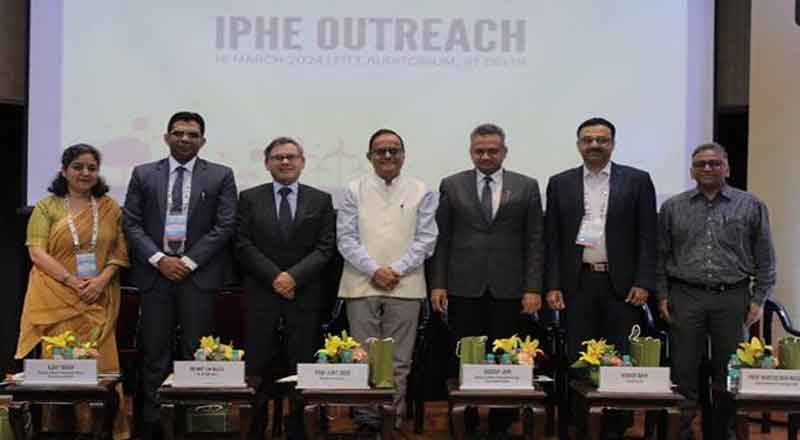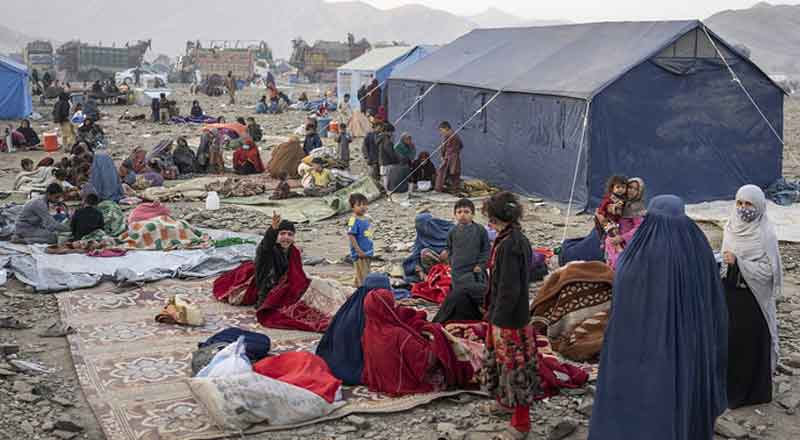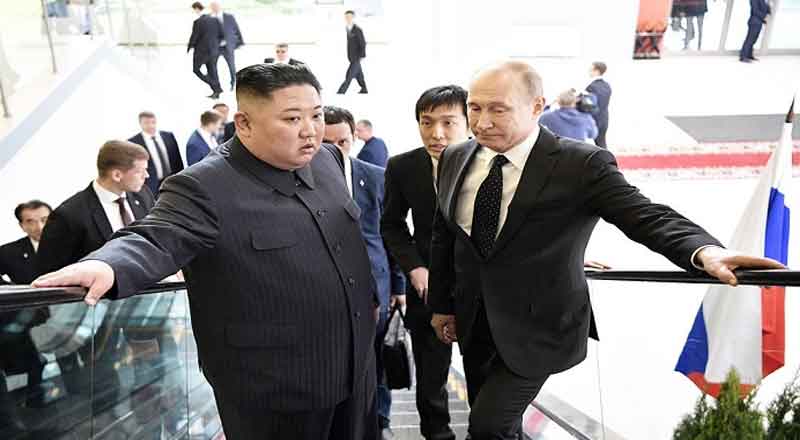Railway is given special attention as it plays a crucial role in economic development. it is the convenient mode of transportation of people and goods across India. They connect the various regions of the country and increase the occupational mobility of people. Needless to say, railways have been accorded top priority as it is a portfolio connected with the Indian masses.
Till now the Union Government used to present a general budget and a separate budget for the Railways. On 21 September 2016, the Union cabinet approved the merger of the railway and the union budgets following the recommendations made by the Niti Aayog members Bibek Debroy and Kishore Desai.
The 92-year-old legacy of presenting a separate railway budget commenced following the recommendations of a 10-member committee led by British railway economist William Mitchell Acworth which was set up in 1921.
With the aim of reorganising the railways, the Acworth committee recommended the separation of the railway finances from the general government finances. On 17 September 1924, a resolution by the central legislative assembly was passed and the ‘Separation Convention’ was adopted. The first Railway budget was presented in 1924.
Importance of Rail Transport
Today, transport is the basic infrastructural requirement for industrialisation. It can be said with certainty that expansion of railways has revolutionised the transport system. In India railways play a crucial role in economic development. They carry raw materials as well as bulky goods like iron ore, iron and steel, heavy machinery, minerals, fertilizers, agriculture produce etc. from the mines and the quarries and other interior areas of the country to the industrial centres.
The first railway train ran from Bombay to Thane in 1853. Distance between these two stations is 34 km.
Over the years the Indian railway system has grown to be world’s third-largest under single management. As of 31 March 2016, the total route length of the Indian railways was 67,312 km of which 27,999 km route was electrified, spread across 7,172 stations. It operates more than 22,300 trains daily.
During 2015-16, the railways carried 8.101 billion passengers and 1.107 billion tonnes of freight traffic.
Indian railways operates services on four gauges, the broad gauge (1,676 metres), the standard gauge, metre gauge (1.00 metre); and two narrow gauges, (0.762 metre and 0.610 metre).Broad gauge is the largest operating system used by Indian Railways and accounts for the bulk of traffic, both passenger and freight. It has 2.45 lakh wagons, 63,045 coaches and 10,773 locomotives
Since 1930 the Indian railways were under severe strain and therefore the First Plan, valid from 1951 to 1956, was devoted mainly to the rehabilitation and modernisation of rolling stock and of find assets.
Many factors like lower capacity, utilisation of wagons, corruption, have affected the operations of railways adversely. Working expenses have increased by leaps and bounds with the result that operating ratio was as high as is 91.8% in 2014–15.
Indian Railways carried 1,107 million tonnes of revenue earning freight traffic in FY16, from 1,101.30 million tonnes in FY15.
During FY07-FY16, freight traffic is expected to grow at a CAGR of 4.5 per cent
Revenue growth has been strong over the years. During FY07–16, revenues of Indian railways increased at a CAGR of 6.4 per cent to USD25.2 billion in FY16. During FY07-15, revenues increased at a compound annual growth rate (CAGR) of 7.9 per cent to reach US$ 26.4 billion in FY15.
SEGMENT-WISE REVENUE GROWTH FOR INDIAN RAILWAYS
In the last eight years, revenues from the passenger segment expanded at a CAGR of 6.9 per cent, with the total revenue earnings in FY16 totalling to around USD6.9 billion
Indian Railways generated USD16.9 billion in earnings from commodity freight traffic during FY16.
Increasing carrying capacity, cost effectiveness, improving quality of service will support the increment in the share of Railway in the freight movement from 35 per cent to 50 per cent by 2020.
FREIGHT ACCOUNTS FOR MORE THAN TWO-THIRDS OF RAILWAY’S REVENUES
Freight remains the major revenue earning segment for the Railways, accounting for 67.09 per cent of total revenues in FY16, followed by the passenger segment Profits from the freight segment are used to cross-subsidise the passenger segment
To achieve targets of Vision 2020, two dedicated freight corridors, Eastern and Western, would be operational by FY20
Trend in Indian Railways
Indian Railways aims to build seven high-speed rail corridors to provide faster rail connectivity across the country.
An increase in the average speed of freight trains to 50 km/h and mail or express trains to 80 km/h by the end of 2020 is under consideration.
The total capital expenditure of the railways for the current financial year is Rs.1.21 trillion.
There have been demands in the past for dispensing away with a separate Railway Budget for various reasons.
According to Railway Minister Suresh Prabhu, the merger of the railway budget with general budget will help the Indian Railways to increase extra capital expenditure which will allow it to enhance connectivity in the country and boost economic growth. Besides, the merger has freed the railways of the obligation of pay annual dividends on the allocated capital expenditure amount.
However, the distinct identity of railways will remain intact.
It is interesting to note that the reason why a separate budget in the early 1924 was introduced is the same reason why it should now be merged.
Rail budgets firsts
92 -year-old Rail Budget has several firsts to its credit
• In 1947, the then-Union Railway minister John Mathai presented the first railway budget for independent India.
• On March 24 1994, Congress party’s C.K. Jaffer Sharief became the first Indian railways whose budget speech was televised live.
• Lalu Prasad Yadav, who was the railways minister from 2004 to 2009, has the distinction of presenting the railway budget six times in a row. However, Jagjivan Ram, former deputy Prime Minister, holds the record for presenting the railway budget on seven occasions.
• In 2000, Mamata Banerjee, the present West Bengal Chief minister, became the first women Railway minister of India and presented her first railway budget in 2002.
Why change now?
The move to merge the Rail budget is said to be part of the Modi government’s reform agenda. According to the NITI Aayog, Railway budget was being used by the politicians to dole out favours by way of announcing a line of new trains and projects.
In the previous years, we have seen how coalition partners would grab the rail ministry portfolio to play to the gallery.
In 2015, the Bibek Debroy committee had submitted an array of measures focused on restructuring the railway ministry, and dispensing of the railway budget was one of them.
This merger is also a part of the government advancing the budgetary exercise so as to complete it before March 31 and facilitate the beginning of expenditure on public-funded schemes from April 1.
How is merger beneficial?
The merger will free the Railways from paying the annual dividend they has to pay for gross budgetary support from the government every year. According to estimates the merger will help the Railways save about Rs 10,000 crore annually.
Railway Minister Suresh Prabhu is of the opinion that the merger will not impact the functional autonomy of the railways. On the contrary, it will help in increasing capital expenditure. The Railways will raise extra capital expenditure that would enable them to increase connectivity in the country and boost economic growth.
How will an early budget help?
An early presentation of budget will ensure that all legislative works are completed before the beginning of the new fiscal, from April, and help in funds allocated to various ministries flowing in from the first quarter.
Government is planning to convene the Budget Session of Parliament before January 25, 2017. It will present the pre-Budget Economic Survey a day or two before the Finance Minister reads out the budget on February 1.
Instead of February 7, the advance estimates for the GDP will now be made on January 7. The mid-year review of expenditure by various ministries is proposed to be completed by November 15.
The idea is to get the budget passed by Parliament, along with the Appropriation Bill and the Finance Bill, before March 24, so as to ensure the implementation of the budget proposals from April 1.




